We take a closer look at 7 top pocket parks that have a lot to offer. Pocket parks (also called mini-parks) are small oases in urban settings that are usually the size of only one or two lots. These small spaces are usually classified as neighborhood parks, and therefore need to be designed with many activities in mind. They can be used as play areas, for taking lunch breaks, or even for small events. Most importantly, they should be a place of quiet refuge and escape from the busy city life surrounding them. The most successful pocket parks achieve a balance between this quiet escape and active meeting and play. These are the ones that have made our list of the “Top 7 Pocket Parks” (in no particular order).
Top Pocket Parks
WATCH: The beauty of pocket parks
1. Greenacre Park, Midtown Manhattan, New York City
Greenacre Park is home to a waterfall, honey locust trees, and moveable tables and chairs. Designed by Sasaki, Dawson, DeMay Associates — with Masao Kinoshita as lead designer — the pocket park opened in 1971 after being privately funded by Abby Rockefeller Mauze’s Greenacre Foundation, which continues to maintain it. At a mere 60 feet by 120 feet, the space feels much larger than it actually is due to the trellis-covered terrace that separates it from the street. A fountain and runnel lead visitors into the space, where they are greeted by a 25-foot-high cascading waterfall open to the sky and surrounded by evergreens.
2. Place Dauphine, 1st Arrondissement, Paris, France
Henri IV built this square more than 400 years ago as a tribute to his son, Louis XIII, and it still remains one of the most popular places to visit when traveling to the City of Light. The park is a triangle situated among quiet Parisian streets and offers views of the Eiffel Tower, the Louvre, and the Pont Des Arts. A statue of Henri IV can be found at the narrowest part of the triangle, which also points to the Pont Neuf, the first bridge built across the Seine.
More Top Articles on LAN
- 10 of the Most Common Mistakes People Make in Planting Design and How to Avoid Them
- Interested But Not Confident? – Know How to be Good at Hand Drawings
- Top 10 YouTube Tutorials for Technical Drawing

La Place Dauphine à Paris (Île de la Cité). Photo credit: Alexander Johmann. Licensed underCC BY-SA 2.0 . Image source
3. Paley Park, Midtown Manhattan, New York City
At just one-tenth of an acre, this park is truly a miniature oasis in a skyscraper jungle. Robert Zion designed the park after William Paley, former chairman of CBS, donated the land as a memorial to his father. The park opened in 1967 and still looks much like it did then. It sits between three buildings, with a 20-foot water wall — which drowns out the surrounding city noise — as the centerpiece. Ivy-covered walls flank the water wall, and the courtyard is home to 17 honey locust trees. Moveable metal tables and chairs are scattered throughout the space. A food kiosk at the entrance invites passersby to come in and sit down for a quick bite and to relax while the city moves past outside.
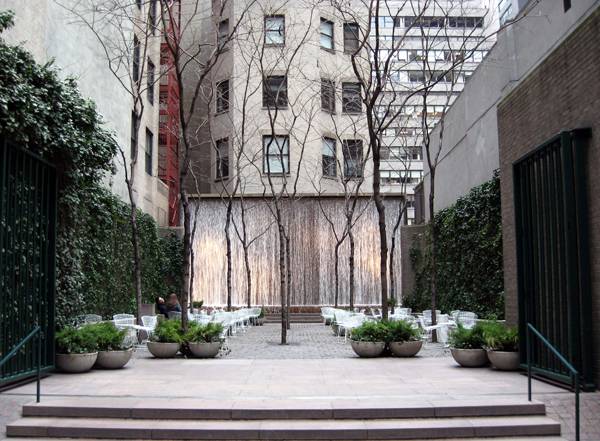
“Creative Commons Paley Park on a cloudy, chilly late winter afternoon”. By Jim.henderson licensed under CC
4. The Royal Library Garden, Copenhagen, Denmark
Visitors enter this small garden by going through the gates of the National Archives in Copenhagen, which is known as the literary heart of Denmark. Locals simply call this reflective garden, installed in the 1920s, the Library Garden, and it isn’t uncommon to bump into people who work in Parliament on their lunch break here.
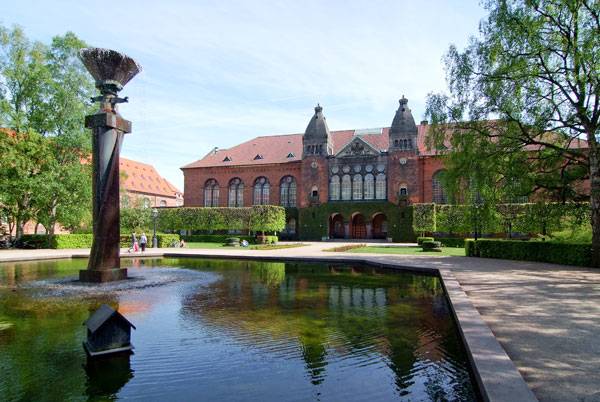
The building of the Royal Library, Denmark, on Slotsholmen which dates to 1906, viewed from the northwest. Licensed under CC BY-SA 2.0. Image source.
5. Art Institute of Chicago, South Garden, Chicago, Illinois
This intimate garden is built on top of a parking garage of the Art Institute of Chicago and opens onto Michigan Avenue. It is a simple design comprised of two raised beds that hold honey locust trees, privet, ground covers, and flowering bulbs. A rectangular pool can be found in the central plaza; the water leads to the Fountain of the Great Lakes, designed by Lorado Taft. Here, planters that double as benches hold cockspur hawthorn trees. Designed by Dan Kiley, the park was installed between 1962 and 1967 and remains one of his best-preserved designs from this time period.
6. Franklin Street Park, Cambridge, Boston, Massachussetts
At a mere 4,400 square feet, this parklet is one of the smallest in the greater Boston area. Located in the Riverside neighborhood of Cambridge, it was rehabbed in 2003 and has been a beloved local spot since then. It is so loved that in 2004, the American Society of Landscape Architects magazine, Landscape Architecture, gave it the “Editors’ Choice” award. The park is easy to find due to its large granite entrance designed by Boston sculptor Murray Dewart. Once inside, it is quiet and serene due to its lush plantings, water feature, and designated areas for children.
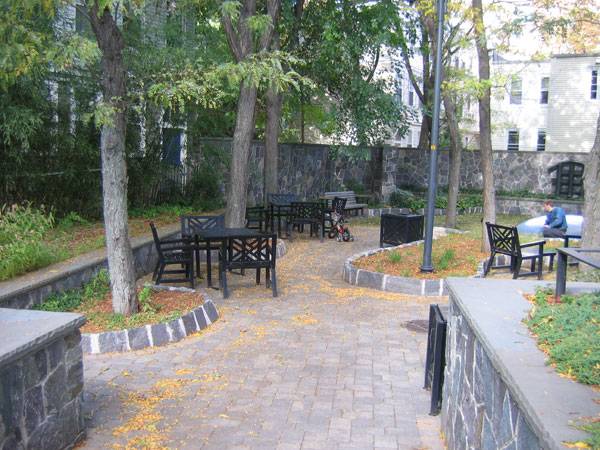
Interior of the Franklin Street Park. Photo credit: EECavazos – Own work. Licensed under Public Domain. Image source.
7. John F. Collins Park (formerly Chestnut Park), Philadelphia, Pennsylvania
Philanthropist Dorothy Haas proposed the building of this park after visiting Paley Park in Manhattan. After she persuaded the William Penn Foundation to fund it, John Francis Collins was hired as the designer. The park opened in June 1979 and is less than one-tenth of an acre. Situated between two buildings, the park’s materials reference the local and native landscapes of the region. Native trees such as redbud, dogwood, sugar maple, hickory, and American holly surround a central fountain made of concrete plinths meant to represent Native American totems. The park was renovated in 2011 and reopened as John F. Collins Park. Visit The Cultural Landscape Foundation for more information about this park. – In cities that are always expanding, green spaces are oftentimes forgotten. But pocket parks show that there really is no excuse to not have public green spaces, and that no matter how small, they can still have a huge impact on the local community. How about your community — are there any notable pocket parks?
Recommended Reading
- Landscape Architecture: An Introduction by Robert Holden
- Landscape Architecture, Fifth Edition: A Manual of Environmental Planning and Design by Barry Starke
Article by Erin Tharp
Published in Blog




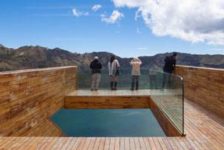


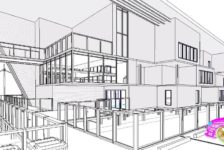

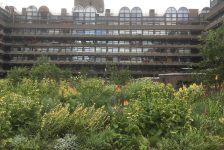
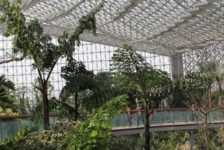
Pingback: 12 Welcoming Places To Find Quiet While Traveling - Travel
Pingback: 12 Welcoming Places To Find Quiet While Traveling - One 2 Way
Pingback: LOVE THE ARBO – Maria Gorito Learning Journal
Pingback: Pocket Park – Park Planning Blog